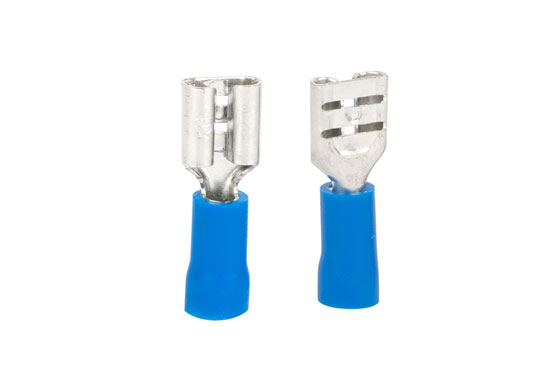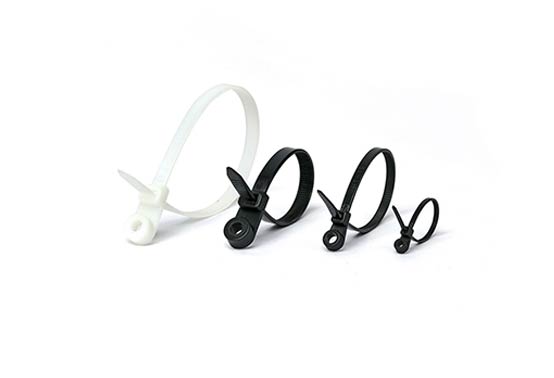Tel
0577-62795555
Tel
0577-62795555
A cable tie is a cable tie is a cable tie isn’t it? The simple answer is no, it isn’t! There is so much choice available today when buying cable ties that you need to take into account a variety of factors.
Standard nylon 6/6 cable ties are a basic, everyday tie most commonly used around the home and office. Stainless steel cable ties feature a roller ball in the head of each tie, which reinforces the locking mechanism and allows the tie to be adjusted for the perfect fit with less risk of over-tightening.
The length of a cable tie can vary enormously, with nylon 6/6 ties available in lengths up 1530mm, so it is important to measure the diameter of the bundle you will be securing. If you are not too sure, always buy longer than you need as any excess is easily cut off.
Cable ties are available in a range of materials, each with specific properties. A cable tie’s material will determine factors such as suitability for different situations, including durability in extreme weather conditions, variances in temperature, exposure to chemicals and stress. Nylon cable ties are ideal for lower temperatures whereas stainless steel ties are suited to harsh weather, but not chemical environments.
Will a standard nylon cable tie meet your needs or do you need something extra? If you need a cable tie that can be undone in the future, for example, it will be worth looking at releasable cable ties. Similarly, where bundled cables need to be mounted onto surfaces, screw mount cable ties offer the perfect solution as they feature a screw hole in the head which allows them to be screwed securely in place.
Although the majority of cable ties are usually black or white, there is a range of rainbow coloured ties that are popular when cables need to be colour coded.
Understanding the environment the cable ties will be operating in will help you to select the correct tie. Will the cable tie be used outdoors and, if so, will it be exposed to sunlight? Is the environment likely to be hazardous, with exposure to chemicals or acid? Do flammability and thermal properties need to be taken into account? How cable ties are made? Answering these questions will help you pick the correct cable tie for the job in hand.
The environment in which the cable tie will be used also dictates the strength of cable tie that will be needed. Completely independent of length and width, cable ties are rated by their tensile strength; the LTS or loop tensile strength is measured in kg and is the maximum force that can be exerted on the locking mechanism of a cable tie before it will break. Tensile strength can vary from 8kg for a short, nylon 6/6 cable tie, to in excess of 160kg for a long, heavy-duty stainless-steel cable tie.
Hont cable ties may look simple, but they are not so straightforward after all! Randomly choosing a tie for your cable management applications can lead to mistakes. However, by considering all the factors involved with your task, you will be able to choose the correct cable tie for the job.



